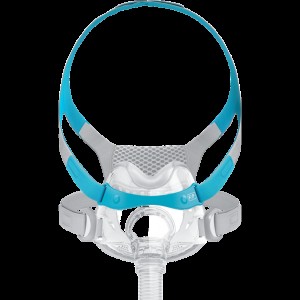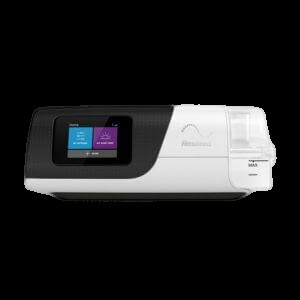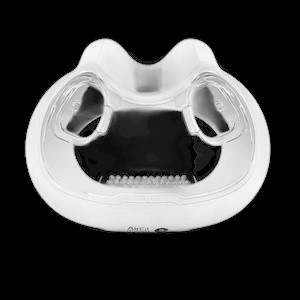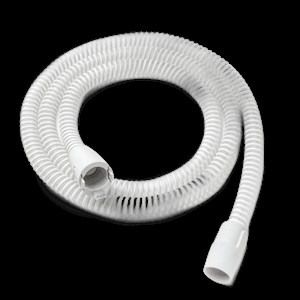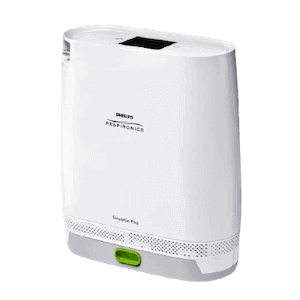Equipment Cleaning: Wash Away Germs and Dirt
Late last week, the first case of Covid-19 (coronavirus) was confirmed in my state at my workplace. The last several days have been operationally busy as we test more people, prepare for more confirmed cases, and take care of the many, many worried people seeking care when they usually would take over the counter cold medications, Tylenol, and get some rest.
Over the last several days, I have also learned a lot from infectious disease specialists about what kills coronavirus. When a Respiratory Therapist was exiting a hospital room under the eyes of an infection control spotter, she touched her bare arm briefly while removing the gown. The spotter had her rub hand sanitizer on her arm. That was it. Ordinary alcohol-based hand cleaner kills Covid-19. Bleach and hydrogen peroxide-based products kill Covid-19. The product we use to sanitize the surfaces of most of our patient care equipment kills coronavirus.
For some reason, I, along with many coworkers, was initially surprised to learn this. Although Covid-19 appears to spread more quickly than some viruses, it is susceptible to the usual disinfection tools.
On March 3, The Center for Disease Control published a list of cleaning products that are strongly viricidal (CDC List). These products are great for sanitizing surfaces in your home or car.
They are NOT good products to use to clean your CPAP equipment, though.In the cleaning directions for almost every CPAP mask or circuit, you will see this warning:
Important: Do not clean with products containing alcohol, scents, antibacterial agents, antiseptics, bleach, chlorine, or moisturizers.
Products with alcohol, bleach, and hydrogen peroxide may damage your mask, causing it to crack or deform. Not only can this make it more difficult to fit correctly, but it may create tiny recesses where germs and dirt can hide. Products with alcohol, bleach, hydrogen peroxide, or scents can also leave odors or chemical residue that can trigger allergic reactions or airway constriction.
Content
Soap and water
I’ve also been reminded these last few days by infection control, that good old soap and water remain the two most essential tools in the arsenal. Soap is a surfactant, and it lowers the surface tension of dirt and germs on surfaces. That’s a fancy way of saying it loosens all that visible and invisible junk. Liberally rinse the surface with water, and we flush germs and debris down the drain.
When cleaning your CPAP equipment, soap and water are your two best friends, even if you have been sick.
Some people choose to clean their CPAP equipment in a solution of one-part white vinegar with three parts of water. The acetic acid in the vinegar does have some germicidal function. The vinegar smell may linger, so consider whether that would be an irritant for you or not.
The basic cleaning process for masks and circuits looks like this:
- Wash in warm soapy water using a mild dish soap.
- Rinse thoroughly in clean water.
- Air dry all parts out of direct sunlight.
Best practices for cleaning CPAP equipment
Follow the manufacturer’s recommendation for cleaningRead the fine print in the manual that came with the equipment. Every product is a little different, and the manufacturers test their equipment to know what might be harmful to its integrity. Most CPAP equipment cannot go into the dishwasher or the dryer, but some products can. The manual has that guidance. Some products are listed as dishwasher safe, but the fine print says it’s only ok to use the dishwasher once a week.
If the manual or package inserts are long gone, no worries! RespShop has the manuals for most items loaded on to the product page. The manufacturers also keep them on their product page.
Clean those parts that need daily cleaning as soon as possible after you get up to keep mold and bacteria from growing in the moist environment. Even if you do not use a humidifier, your exhaled breaths create a damp environment in the mask and tubing that is very inviting to mold and germs.
Dump the water out of the humidifier right away, rinse it with some distilled water, and let it start to air dry.
The equipment needs to be dry before you use it again, so it is also essential to allow for enough time for air drying to occur.
- Clean the container you soak your equipment in before you start. Soaking in the sink is possible, but ideally, get a plastic bucket or bin that you can wipe clean before and after each use with bleach wipes, Lysol wipes, etc. Any of those products on the CDC list are excellent choices for cleaning your container.
- Dry parts on clean surfaces. Draping the tubing over the shower with the ports pointing downwards is an efficient way to air dry it. Lay the mask and associated parts on a clean towel while it air dries. Sunlight is damaging to the plastics, so do not place pieces near a window to dry.
- If you are using a water/vinegar mixture, replace it with each cleaning session.
- After everything is set aside to dry, clean your soaking container again and the surfaces of the space you cleaned in. Bleach wipes, hydrogen peroxide products, and Lysol products are all excellent choices.
- Next, WASH YOUR HANDS with soap and water. Say the alphabet twice in your head while you scrub your hands. Then get on with your day! Washing your hands at the end of your routine protects you, your family, and your friends.
- Use a mild dish soap-free of scents.
- Agitate the tubing and the mask as they soak to optimize the surfactant action of the soap
- Do not put essential oils or CBD oil in the humidifier or on the mask
What about wipes, sprays, ozone & ultraviolet cleaners?
Wipes and sprays labeled specifically for CPAP mask cleaning are available for purchase. They are ideal for a quick clean of the mask when you are in a hurry and for wiping down the outside of the circuit. Wipes and sprays should not be used for the inside of the circuit. The circuit needs to soak, get shook up, and be thoroughly rinsed.
CPAP wipes are particularly helpful for removing oils before washing. They are also a good choice when you expect to nap sooner than the mask will dry.
Ozone and ultraviolet devices have gained a lot of popularity. These devices are FDA registered, but not yet FDA approved. They show a lot of promise as sterilizers. Cleaning with soap and water is still an essential step before sterilizing. Even in the hospital environment, items that get sent for sterilizing must be cleaned with a detergent and rinsed well first.
What happens when CPAP equipment is not regularly cleaned?
A CPAP cleaning ritual helps you avoid potential dangers and problems, including the following:
- Bacteria and mold exposure
- Allergy symptoms
- Increased risk for sinus infections or pneumonia
- Musty or foul odors
- Mineralization in the humidifier
- Equipment breakdown
- Voiding the device warranty
